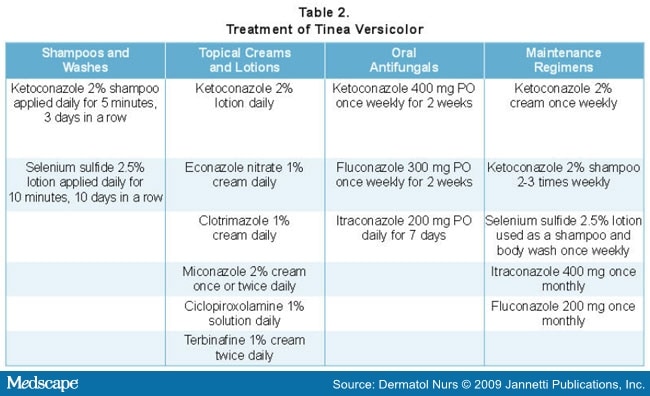Malassezia (formerly known as Pityrosporum) is a genus of fungi. Malassezia is naturally found on the skin surfaces of many animals, including humans. In occasional opportunistic infections, some species can cause hypopigmentation on the trunk and other locations in humans. Allergy tests for this fungus are available.
Nomenclature

Due to progressive changes in their nomenclature, some confusion exists about the naming and classification of Malassezia yeast species. Work on these yeasts has been complicated because they are extremely difficult to propagate in laboratory culture.
Malassezia were originally identified by the French scientist Louis-Charles Malassez in the late 19th century. Raymond Sabouraud identified a dandruff-causing organism in 1904 and called it "Pityrosporum malassez", honoring Malassez, but at the species level as opposed to the genus level. When it was determined that the organisms were the same, the term "Malassezia" was judged to possess priority.
In the mid-20th century, it was reclassified into two species:
- Pityrosporum (Malassezia) ovale, which is lipid-dependent and found only on humans. P. ovale was later divided into two species, P. ovale and P. orbiculare, but current sources consider these terms to refer to a single species of fungus, with M. furfur the preferred name.
- Pityrosporum (Malassezia) pachydermatis, which is lipophilic but not lipid-dependent, is found on the skin of most animals.
In the mid-1990s, scientists at the Pasteur Institute in Paris, France, discovered additional species.
Currently there are 10 recognized species:
- M. dermatis Sugita et al. 2002
- M. furfur
- M. globosa
- M. japonica Sugita et al. 2002
- M. nana
- M. obtusa
- M. pachydermatis
- M. restricta
- M. slooffiae
- M. sympodialis
- M. yamatoensis
Thomas Frieden once said his favorite disease was Malassezia furfur because "it's a rash that doesn't cause any harm; it sounds great."
Role in human diseases

Identification of Malassezia on skin has been aided by the application of molecular or DNA-based techniques. These investigations show that the Malassezia species causing most skin disease in humans, including the most common cause of dandruff and seborrhoeic dermatitis, is M. globosa (though M. restricta is also involved). The skin rash of tinea versicolor (pityriasis versicolor) is also due to infection by this fungus.
As the fungus requires fat to grow, it is most common in areas with many sebaceous glands: on the scalp, face, and upper part of the body. When the fungus grows too rapidly, the natural renewal of cells is disturbed and dandruff appears with itching (a similar process may also occur with other fungi or bacteria).
A project in 2007 has sequenced the genome of dandruff-causing Malassezia globosa and found it to have 4,285 genes. M. globosa uses eight different types of lipase, along with three phospholipases, to break down the oils on the scalp. Any of these 11 proteins would be a suitable target for dandruff medications.
M. globosa has been predicted to have the ability to reproduce sexually, but this has not been observed.
Numbers

The number of specimens of M. globosa on a human head can be up to ten million.
Treatment of symptomatic scalp infections

Symptomatic scalp infections are often treated with selenium disulfide or ketoconazole containing shampoos. Other treatments include ciclopirox olamine, coal tar, zinc pyrithione (ZPT), miconazole, or tea tree oil medicated shampoos. Used occasionally and diluted with water, low-concentration hydrogen peroxide (approximately 3%) sold over the counter at pharmacies is also used to manage dandruff-like symptoms and itching . However, hydrogen peroxide treatment can cause scarring if the solution is not washed off after a short treatment (5 minutes or less is sufficient). Hydrogen peroxide diluted with 50-50 with tap water in a foot bath is also effective in prompt removal of malassezia fungi of the feet (these being the cause of "toe cheese")
References
External links
- M Shams Ghahfarokhi, M. Razzaghi Abyaneh (March 2004). "Rapid Identification of Malassezia furfur from other Malassezia Species: A Major Causative Agent of Pityriasis Versicolor" (PDF). IJMS 29 (1).Â
- Noble SL, Forbes RC, Stamm PL (July 1998). "Diagnosis and management of common tinea infections". Am Fam Physician 58 (1): 163â€"74, 177â€"8. PMID 9672436.Â








0 comments:
Post a Comment